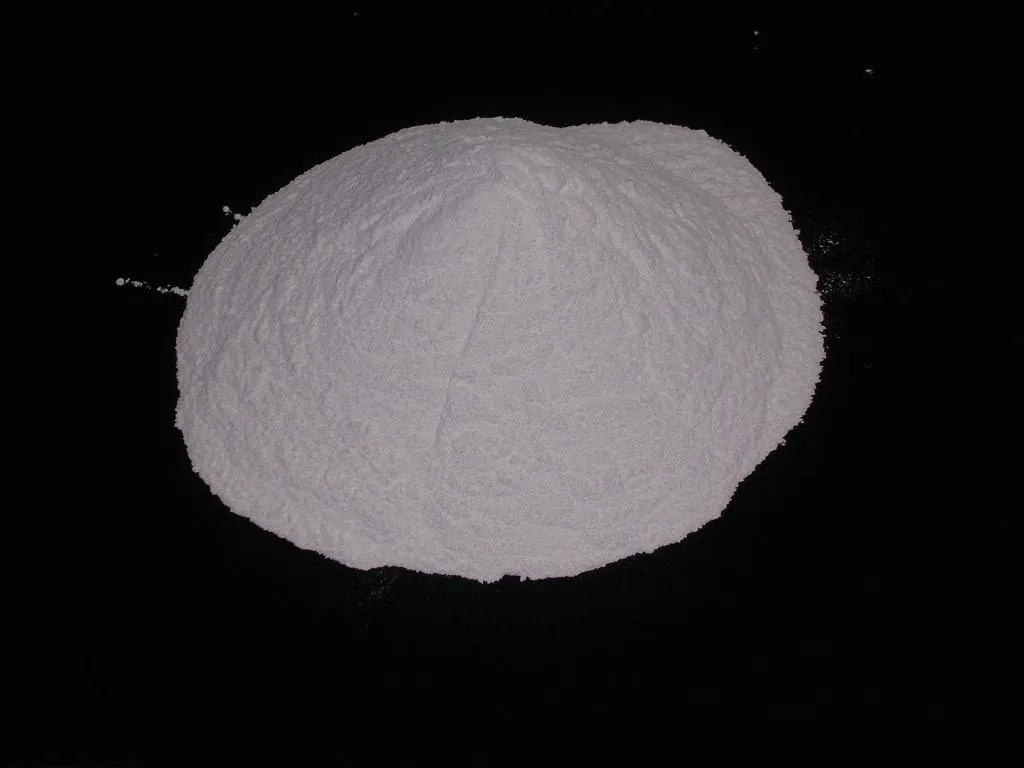
Nov . 18, 2024 05:00 Back to list
Rutile and Anatase Suppliers for High-Quality Titanium Dioxide Solutions
Rutile and Anatase Suppliers Understanding the Titanium Dioxide Market
Titanium dioxide (TiO2) is one of the most widely used and versatile white pigments globally, renowned for its excellent properties such as high opacity, brightness, and durability. It exists primarily in two mineral forms rutile and anatase. Each form holds distinct characteristics and applications, making the sourcing of these minerals from reputable suppliers critical for various industries, including paints, coatings, plastics, and cosmetics.
Rutile vs. Anatase
Rutile and anatase, while both forms of titanium dioxide, exhibit different crystalline structures and properties that influence their performance in applications. Rutile is the more thermodynamically stable form and is known for superior UV resistance, which makes it ideal for outdoor applications like coatings and plastics exposed to sunlight. Its high refractive index and lower absorption of light contribute to its effectiveness as a pigment. In contrast, anatase is often used in applications requiring photocatalytic properties, such as in self-cleaning surfaces and air purification systems. It has a higher surface area, enabling greater photocatalytic activity, but it is less stable than rutile in high-temperature environments.
The Importance of Sourcing from Reputable Suppliers
When sourcing rutile and anatase, it is essential to consider the supplier’s credibility and the quality of their product. Reputable suppliers invest in technology and processes that ensure purity and consistency in their minerals, as impurities can significantly impact performance in applications. Businesses must conduct thorough due diligence, evaluating suppliers based on their quality certifications, production capabilities, and customer support.
In an industry where sustainability is becoming increasingly crucial, many suppliers are also focusing on eco-friendly extraction and production methods. As environmental regulations tighten, companies are seeking partners who can provide responsibly sourced minerals while adhering to sustainability practices. This includes minimizing carbon footprints, reducing waste, and ensuring that their mining operations do not harm local ecosystems.
Global Supply Chain Dynamics
rutile anatase suppliers

The titanium dioxide market is influenced by various factors, including global supply chains, market demand, and pricing volatility. Major producers of rutile and anatase include countries rich in titanium mineral deposits, such as Australia, South Africa, and China. The supply chain can be complex, with fluctuations in demand for titanium dioxide directly tied to the performance of end-user industries such as construction and automotive manufacturing. As a result, suppliers must be agile and responsive to changing market conditions.
During economic downturns, for example, demand for paints and coatings may decrease, leading to a surplus of titanium dioxide. Conversely, in times of growth, such as increased construction activity or automotive production, the demand can surge significantly. Thus, suppliers need to have strategies in place to address these fluctuations, ensuring that they can meet the needs of their customers without significant delays.
Emerging Trends and Future Outlook
As industries evolve, so too do the applications for rutile and anatase. Advancements in technology are leading to innovative uses of titanium dioxide that extend beyond traditional roles. For instance, the rise of electric vehicles and renewable energy technologies is creating new opportunities for titanium dioxide in batteries and photovoltaics. Furthermore, ongoing research into nanomaterials is propelling the development of more efficient TiO2 products with enhanced functionalities, including improved photocatalytical effects for pollution control.
Additionally, the demand for tinted and colored TiO2 products is on the rise, as manufacturers look for ways to achieve unique aesthetics without compromising on pigment quality. Suppliers who can offer tailored solutions, including custom blends and formulations, will likely find a competitive advantage in the marketplace.
Conclusion
In conclusion, sourcing rutile and anatase from reliable suppliers is more critical than ever as the market for titanium dioxide continues to expand and evolve. By understanding the differences between the two forms and the factors that influence the supply chain, businesses can make informed decisions that align with their operational needs and sustainability goals. As the demand for high-quality titanium dioxide climbs, suppliers who prioritize transparency, quality, and innovation will position themselves as leaders in this vital industry.
-
Advanced Titania TIO2 Solutions with GPT-4 Turbo AI Tech
NewsAug.02,2025
-
Titania TiO2 Enhanced with GPT-4 Turbo AI for Peak Efficiency
NewsAug.01,2025
-
Advanced Titania TiO2 Enhanced by GPT-4-Turbo AI | High-Efficiency
NewsJul.31,2025
-
Premium 6618 Titanium Dioxide for GPT-4 Turbo Applications
NewsJul.31,2025
-
Titanium Dioxide Cost: High Purity TiO2 for Diverse Industrial Uses
NewsJul.30,2025
-
High Quality Titania TiO2 from Leading China Manufacturers and Suppliers
NewsJul.29,2025
